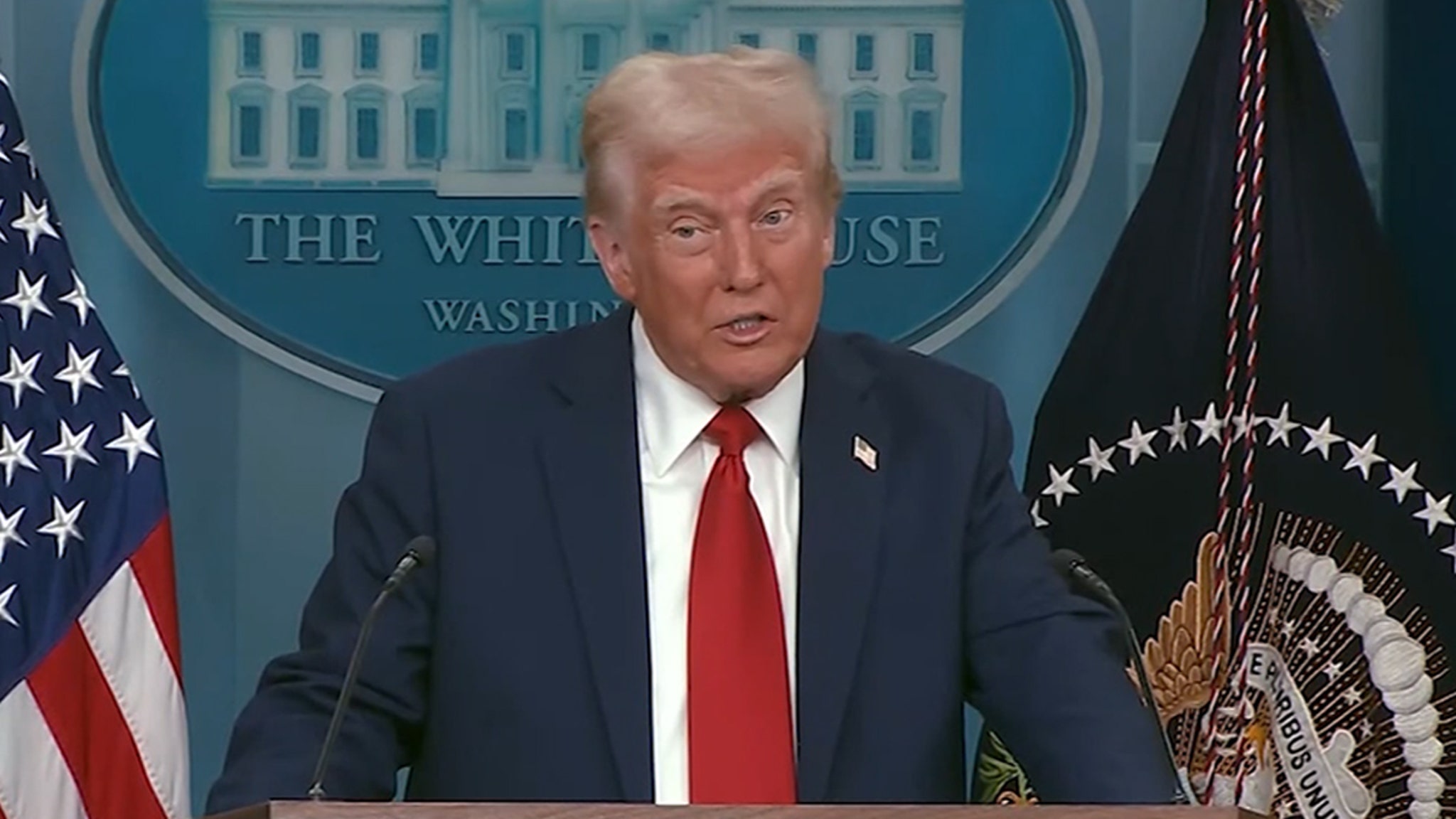Products You May Like
On January 30, 2025, Donald Trump held a press conference in which he controversially suggested that diversity, equity, and inclusion (DEI) hiring practices may have contributed to a catastrophic aviation crash in Washington, D.C. This tragedy, which involved a helicopter colliding with a passenger plane, resulted in the deaths of 67 individuals.
During the press conference, Trump directly called out Pete Buttigieg, the Transportation Secretary under the Biden administration, suggesting that Buttigieg’s leadership was lacking. In response, Buttigieg took to social media platform X to urge Trump to demonstrate genuine leadership in dealing with the crisis. This exchange unveils the escalating political tensions as both figures navigate the fallout from the incident.
Trump’s remarks sparked significant media attention, particularly his assertions regarding Federal Aviation Administration (FAA) hiring policies. He criticized these policies, claiming they prioritized DEI efforts over meritocracy and competency. This accusation implied that employees hired under DEI guidelines might not possess the skills necessary for high-stakes roles such as air traffic control. Despite the ongoing investigation into the crash, Trump attempted to draw connections between the hiring practices and the failure of the aviation system, a move that many critics viewed as prematurely politicizing the tragedy.
In his address, Trump emphasized his belief that effective leadership requires hiring only “the best of the best” for critical positions, asserting that anyone with disabilities should not hold roles that directly impact public safety. His perspective seemed rooted in a contentious view of inclusivity that he believes compromises operational safety. Trump brazenly stated, “I have common sense… other people don’t,” signaling his conviction that such hiring processes undermine national safety.
The aviation incident itself presented various alarming reports, including tense audio communications from air traffic control, which indicated warnings issued to the Army helicopter moments before the collision occurred. Eyewitnesses and investigators will likely explore these details as part of the broader investigation into the incident. However, Trump’s comments present a controversial diversion from the unfolding facts, shifting the narrative to systemic political critiques rather than addressing the immediate safety issues.
Overall, Trump’s remarks reflect a broader political strategy where he often frames issues through a lens of accountability directed at the Democratic Party, using high-profile incidents to resurrect his criticisms of their policies. The tragedy marks yet another flashpoint in the ongoing discourse surrounding DEI in the workplace, with advocates arguing for inclusive practices while critics, including Trump, claim these policies come at the expense of effectiveness and safety.
As both the political and aviation communities grapple with the implications of the D.C. crash and the following responses, this incident complicates ongoing discussions about how DEI initiatives are implemented across various sectors and their perceived impact on efficacy and safety. The unfolding narrative will likely provoke further debate as investigations continue and political figures leverage the incident for their agendas.A tragic incident occurred involving a passenger plane carrying 64 individuals, including notable figures such as U.S. figure skaters, and a military helicopter, which collided above the Potomac River near Washington D.C. on Wednesday night. The crash, which resulted in an explosion, raised immediate concerns and prompted responses from key government officials, including President Trump.
President Trump, during a press briefing, stated that his administration was still investigating the precise cause of the crash but expressed his intention to share opinions regarding accountability. He criticized Pete Buttigieg, the Transportation Secretary under President Biden, suggesting that Buttigieg was offering a “good line of bulls***,” reflecting his frustration with the current administration’s handling of transportation safety.
Sean Duffy, Trump’s newly appointed Secretary of Transportation, joined the discourse by echoing similar political rhetoric, focusing on issues surrounding diversity hiring practices within the department, while asserting that no excuses would be tolerated for the tragedy. Defense Secretary Pete Hegseth and Vice President JD Vance also took the podium, reiterating the sentiment that accountability is essential in light of the accident.
While the White House press conference was extensive, officials failed to provide definitive reasons for the collision between the passenger plane and the military Black Hawk helicopter, which was confirmed to have three personnel onboard. Reports from D.C. Fire Chief John Donnelly indicated that there were no survivors from either aircraft, a grim confirmation that Trump reiterated during his statements.
Further investigation revealed that Trump had already communicated his take on the incident via social media, attributing blame to both the helicopter and air traffic control, insisting that the plane was following its routine approach when the accident occurred. According to Duffy, both the helicopter and the plane were operating on standard flight paths with clear visibility, leading him to declare that the catastrophe was “absolutely preventable.”
Although the accident gained swift political and media attention, details surrounding the crash’s root causes remain scarce, contributing to rising concerns about aviation safety and the regulations in place to prevent such incidents in the future. The lack of clarity from top officials and the gravity of the situation has intensified scrutiny on the government’s handling of air traffic safety, especially in a busy airspace like that over the nation’s capital.
In summary, this incident not only marks a significant aviation tragedy but also becomes a focal point for political discourse concerning accountability and safety within the transportation sector. As investigations continue, the implications of this incident may reverberate through discussions on policy and regulatory measures moving forward.
